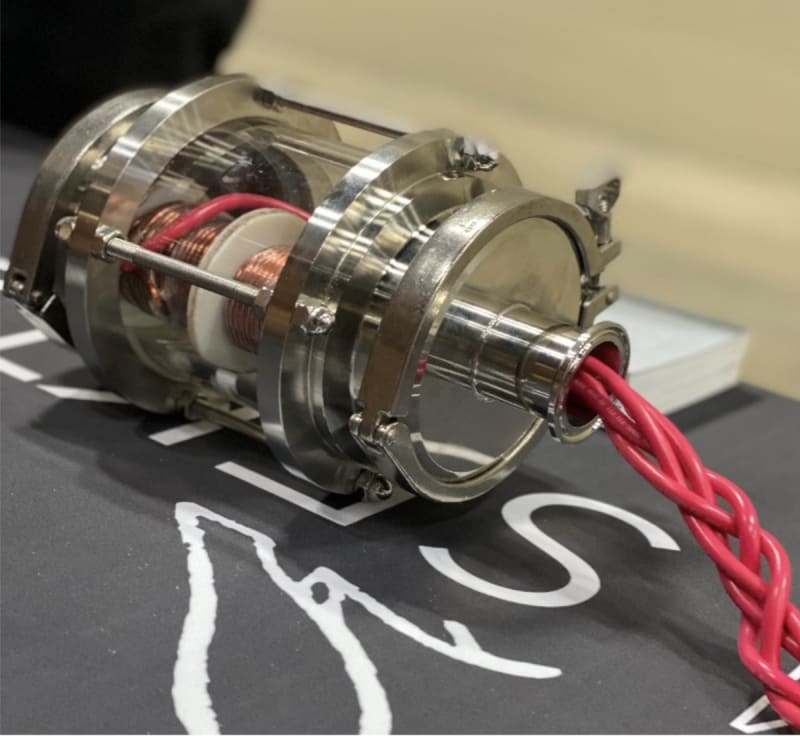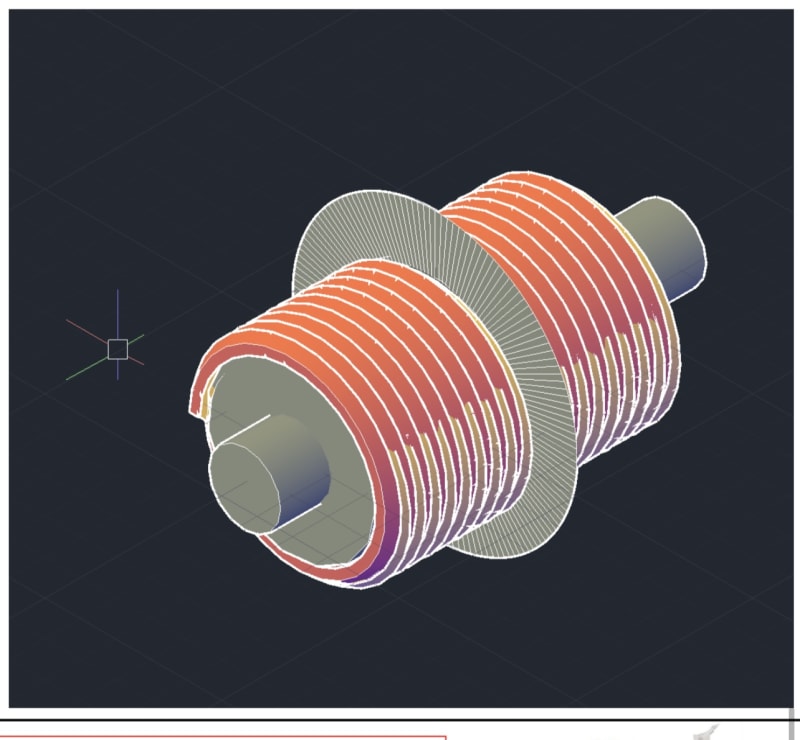The Sektet coil is a remarkable application of the Sektet Equation, offering possibilities previously deemed impossible in propulsion technology, and potentially creating a new spectrum in electromagnetic sensors and communications. This groundbreaking mathematical formulation has revolutionized our understanding of propulsion in the cosmos. The equation provides the theoretical foundation for reactionless thrusters, devices capable of generating thrust without expelling mass. Traditional propulsion systems, such as rockets, rely on Newton's third law—expelling propellant to generate forward momentum. This method is inherently limited by the need to carry vast quantities of fuel, imposing significant constraints on the efficiency and range of space missions. However even more ground breaking and perhaps disturbing is that we have already made multiple working prototypes of the thrusters and also a proof of concept For the sektet sensor all
Using a simple double coil
Reactionless thrusters, enabled by the Sektet coil, represent a paradigm shift. The Sektet Equation suggests that it is possible to manipulate spacetime in such a way that an object can achieve thrust without the need for propellant. This is achieved through the interaction of electromagnetic fields with the fabric of spacetime, creating a localized distortion that propels the thruster forward. This concept, while still in the experimental stage, has the potential to redefine space travel and open up new realms of possibility.
One of the most profound implications of reactionless thrusters is the potential for long-duration space missions without the prohibitive cost and logistical challenges of carrying large amounts of fuel. Current missions to Mars, for example, require careful planning around fuel consumption and payload capacity. With reactionless thrusters, spacecraft could travel faster and further, reducing travel time and expanding the reach of human exploration.
Moreover, the Sektet Equation's implications extend beyond space travel. Terrestrial applications of reactionless thrusters could revolutionize transportation, leading to the development of highly efficient, eco-friendly vehicles. Imagine cars, planes, and ships that do not rely on fossil fuels or traditional engines, but instead use advanced propulsion systems that generate thrust through the manipulation of electromagnetic fields. This could lead to a significant reduction in carbon emissions and a move towards more sustainable modes of transportation.
The potential military applications of reactionless thrusters are also noteworthy. The ability to move without detectable emissions or exhaust would provide a strategic advantage, allowing for stealthier and more agile aircraft and naval vessels. This could transform modern warfare, making it more reliant on advanced physics and engineering.
Despite the immense potential, the development and implementation of reactionless thrusters face significant challenges. The technology is still in its infancy, and there is much we do not understand about the interaction between electromagnetic fields and spacetime. Additionally, the energy requirements for creating the necessary spacetime distortions are currently prohibitive. However, ongoing research inspired by the Sektet Equation is steadily advancing our understanding and capabilities.
Video
Like this entry?
-
About the Entrant
- Name:Ed Chen
- Type of entry:individual
- Patent status:pending









